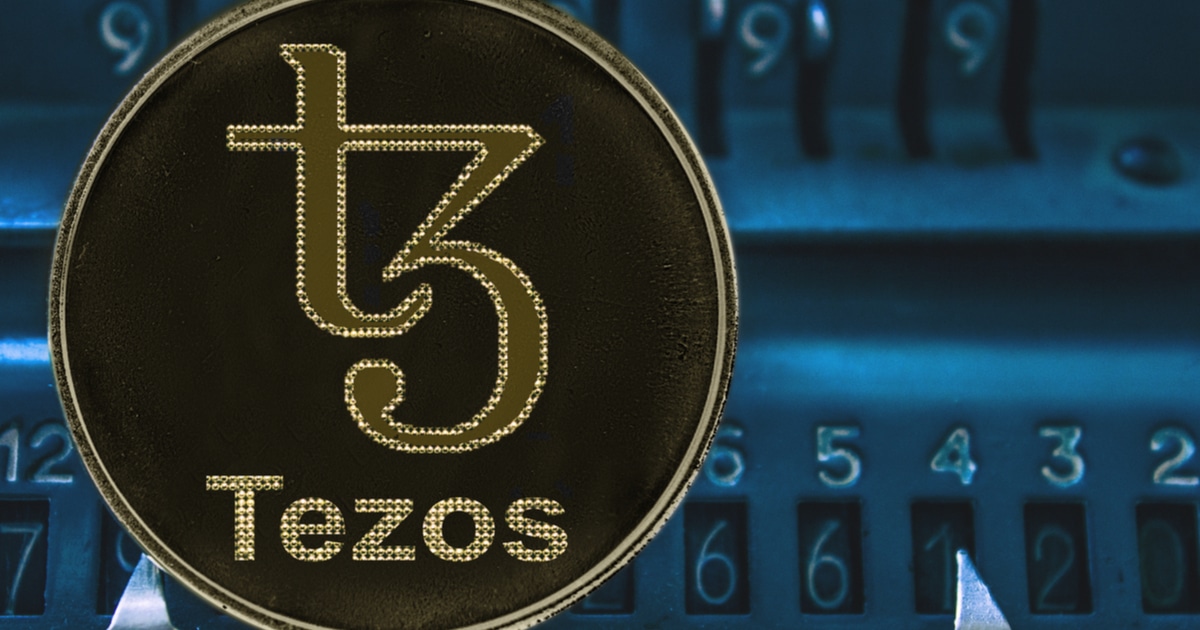Investing isn't that hard but it is time consuming. If you follow a particular pattern, you should be fine. There is one important factor in all of this, I don't do short-term trading, I only do long-term or once I achieved my initial goals that are clearly defined.
How does this process work? Here is my investing cycle:
STEP 1: DYOR
This is the starting point if you are just starting, but I love to use this also as a Quarterly task where I evaluate my existing positions.
The main goal is to research projects and coins. I usually stick to the TOP 200 projects based on marketcap. The main goal is to create a shortlist of coins that have some long-term potential. I use several sites for this process such as coinmarketcap, coingecko, reddit communities, searching google by finding trusted news portals, coins website, charts on exchanges, verified reports online etc.
I never ever join any Telegram groups in order to do my DYOR, it's seriously affecting your ability to objectively judge the potential of an individual coin.
The end result of this step is to gather and collect between 10 - 25 projects that have potential. Diversifying your portfolio is a advantage.
STEP 2: MAIN LIST
This is the second part, and it takes most of my time. I usually spend a couple of hours per day to evaluate all the coins that have been picked in step 1.
This step requires some in depth analysis as I am targeting my focus on some important metrics and ask some important questions such as:
- Tokenomics and coin allocation, is it decentralized or centralized?
- Technology and scalability of the network. Can you effectively scale it based on the volumes?
- Security layers within the network. How secure is the network?
- Main use case and what challenge does this coin try to solve?
- Existing Partnerships - how good are they?
- Price expectations based on macroeconomics, what are the chances of potential market manipulations and possible rug pulls?
Once I get detailed answers to these above-mentioned questions, I do my shortlisting. Usually, it ends up by choosing 5-10 coins which have met the above criteria.
STEP 3: FUND ALLOCATION
Once I managed step 1 and 2, the next step is ranking each coin from the one with the biggest potential and value towards the lowest. Let's assume that I have chosen 10 coins, and in many cases, 50%-60% of my funds are allocated to the TOP 3 coins equally while the remaining 50% or 40% are equally allocated to the remaining 7 coins.
In this step it's important to establish a clear guideline how to rank these coins, usually taking in consideration all the answers acquired during step 2.
STEP 4: SET YOUR GOALS
This is important. How will you measure your success? Define in the beginning the desired outcome. I usually ask myself the following two questions which define my goals:
- What is my target value?
- What is the timeline - at what point and price am I taking out profits?
STEP 5: ANALYZE THE MARKET - INVEST DURING A BEAR MARKET OR DURING DIPS.
I avoid investing once the market is in an upward trend, such as in the middle of a bull market. Take time to analyze the market by doing some simple technical analysis. Trading view is a great example, you can analyze it there as it's offering a lot of valuable tools to do so. HERE is a great guide for trading view.
If you can't time the market, it's not a worry, that is not easy to achieve, as it takes a lot of experience. I like to get into the market if the dip is more than 10% on a weekly basis or if the price is at least 20% below the last ATH.
STEP 6: DCA (DOLLAR COST AVEREGING)
This is a process of reinvesting into your existing portfolio during dips and bear markets. Define a strategy and a budget which you will invest into your portfolio during a defined period of time.
For example in my case I am dedicating a fixed monthly amount which I will divert to my portfolio. I am waiting for a good timing within a month to enter the market and allocate my funds to a certain number of coins which I believe will perform better or which are undervalued based on the facts gathered from step 2
STEP 7: TRACK PERFOMANCE AND EXCLUDE EMOTIONS
Track you coins on a daily and weekly basis. Don't spend too much time on it and try to avoid FUD and FOMO. The most important part in crypto is to exclude all emotions - always stick to your strategy and to the answers that you gathered during step 1 and 2.
STEP 8: EVALUATE AND UPDATE YOUR PORTFOLIO EACH QUARTER
A lot of things tend to change during a period of 3 months. I am usually having a Q session where I repeat step 1 and 2 based on new findings during that period. This may require some re-allocation within your account, or it may happen that you will exclude a certain coin in order to add a new one.
This is my strategy, it is giving me good results and I hope this could help you all to build your own trading strategy.
[link] [comments]

You can get bonuses upto $100 FREE BONUS when you:
💰 Install these recommended apps:
💲 SocialGood - 100% Crypto Back on Everyday Shopping
💲 xPortal - The DeFi For The Next Billion
💲 CryptoTab Browser - Lightweight, fast, and ready to mine!
💰 Register on these recommended exchanges:
🟡 Binance🟡 Bitfinex🟡 Bitmart🟡 Bittrex🟡 Bitget
🟡 CoinEx🟡 Crypto.com🟡 Gate.io🟡 Huobi🟡 Kucoin.




















Comments